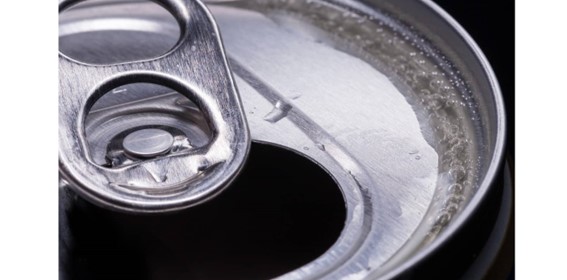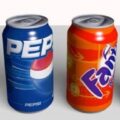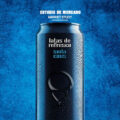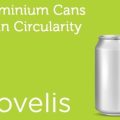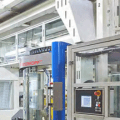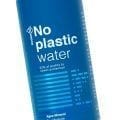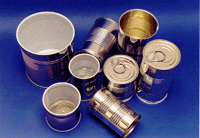Have you ever wondered why soda cans have a cylindrical shape and not a square one? There are some compelling reasons for this, and it is not the result of the manufacturer’s whim. In reality, it responds to physical, economic, logistical or marketing reasons as well as consumer convenience.
In a square can, the storage factor would have been 100% optimized, but the cost would have been higher because more aluminum would have been needed. The size of the can cylinder also responds to many variables, including image and marketing.
It should be remembered that aluminum is the most energy-intensive metal to produce. It is therefore crucial to find the balance between raw material optimization, strong and stable packaging and consumer convenience in order to make this type of packaging and its marketing profitable.
It made the most sense to opt for a circular shape, since a circumferential container would use the least amount of material, the pressure of the beverage would be well distributed inside the container and the maximum volume could be stored with the minimum surface area.
By discarding the circular shape the next choice would have been a square or a rectangle, i.e. a cubic can which would be optimal for the logistical process and perhaps for the consumer who would have become accustomed to drinking his soft drink in a square can. Although in this case there would also be a significant “but”: each and every one of the edges and corners of the container would be a weak point and a possible point of breakage in the event of an external blow due to the pressure inside. 100% of the storage factor would be utilized, but more raw material would have to be used to reinforce these critical points.
Thus, both square and circular shapes were merged, choosing the cylindrical shape as the most optimal, with a base to stand upright, easy to store in all areas and in which 91% of the storage factor is used. What’s more, it has no edges or weak points.
In turn, in response to physical reasons, it was determined that the base would also be curved. What was sought was efficiency in terms of the amount of material needed and that it would be able to withstand internal pressure, increase rigidity and prevent deformation of the can. It is not the same to pack a carbonated cola as a portion of tuna where the base can be flat.
Another decisive issue was to define the dimensions of the soda can. It is usually 6 centimeters in diameter and 12 centimeters in height for a content of 330 milliliters of liquid. The objective was to store the maximum volume of liquid in a container with the minimum possible surface area, so it was necessary to find the “magic” data of the radius and height of the cylinder. The choice of such data was influenced by the stability of the can and the difficulty to deform, the ease of gripping the can and drinking according to its diameter, the minimum waste of material, the logistic optimization and even the space of the coolers and an attractive image of the product.

